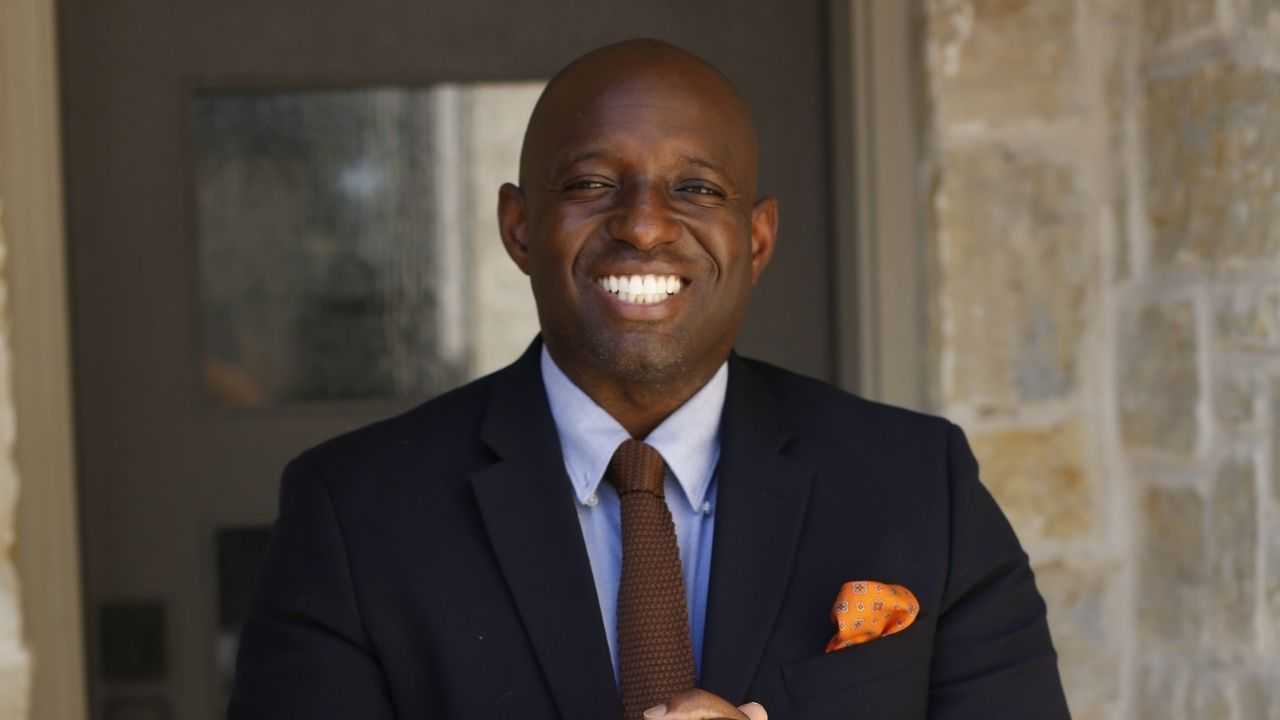Coaching a Kid on the Autism Spectrum
Small efforts can make a big difference when you’re coaching a kid with autism spectrum disorder
Diana McKeon Charkalis
| 5 min read

Twenty20
As they say in the autism community, “If you know one person who has autism, you know one person who has autism.”
It follows, then, that if you know one young athlete with autism, you know one young athlete with autism.
No two kids will share the same exact symptoms of autism spectrum disorder (ASD), though there are some commonalities, says Patricia Barnes, a writer from Vancouver who is autistic and has two sons with ASD, both of whom have played rec soccer and hockey. For some kids with ASD, processing spoken instructions is challenging, she says, and being given a series of steps to take in all at once is difficult. “Too much sensory input can be overwhelming, and our response to being overwhelmed is often seen as misbehavior,” she says. “But it is, instead, a coping mechanism.”
Kids with ASD may also have trouble making eye contact with peers and coaches. They may be sensitive to bright lights and loud noises and repeat words, phrases or movements.
The CDC estimates that an average of 1 in 54 children in the US has autism, so as a coach, you may very well find that you have a kid with ASD — diagnosed or undiagnosed — on your team.
Here are a few tips from parents and other autism experts to help both kids and coaches succeed — with benefits for all your players.
Start with the parents. You won’t always get a head’s up, but if a parent reaches out to let you know that their child is on the spectrum, schedule time to talk before practice begins. It’s an opportunity to learn about a kid’s specific challenges and how to deal with them in a consistent way, says Barnes.
“ASD impacts each nervous system differently,” says Lisa Rossman Murphy, a pediatric physical therapist who has worked with kids with ASD for decades and recently wrote about coaching athletes on the autism spectrum for the Rutgers Youth Sports Research Council. “Find out what motivates the child, what agitates the child, what calms the child when agitated. What is the best way to give the child a direction?” she says. “These questions can show a parent you care.”
Connect with the player. If you can, meet with the player before their first practice — just to get to know each other. It’s also a great opportunity for the child to get familiar with the sports equipment. That way, when they come to practice they won’t be trying to process too much information at once, Barnes says.
Break it down. Many kids with ASD have trouble processing verbal instructions. “Try creating a basic storyboard to show what’s going to happen, or demonstrating an action yourself,” suggests Barnes. Also: Rather than give instructions for several steps at once, break things down into smaller, bite-size chunks. (This will help all kids.)
Let the kids know what’s next. Provide a routine or structure to meetings and practices, says Murphy. When possible, preview any upcoming changes. For instance, say: “After warm-ups we usually start practicing throwing, but today after warm-ups we’re going to work on batting instead.” This will help the child with ASD who does well with structure and is accustomed to doing things in a certain order. And most kids appreciate structure.
Communicate clearly. The child with ASD may take what is said quite literally, explains Murphy, so it’s best to avoid phrases that do not actually mean what they say, such as, “Pulling my leg,” or, “Pull yourself together.” Sarcasm, humor and metaphors can be confusing.
Foster connections. A child on the autism spectrum might want to connect with their teammates but find small talk difficult, says Sharon K. O’Connor, a licensed clinical social worker in Manhattan who counsels and educates people about autism. “To help create a connection, notice if the child may share a particular interest with a teammate, like a famous athlete or movie, and help strike up a conversation about that subject,” she says.
That said, some kids with ASD might find the social aspect of team sports overwhelming. Don’t force it.
Focus on development. For children with ASD, both fine and gross motor skills can be affected, giving the child an appearance of being clumsy or make skills like catching and throwing a ball more challenging, says Murphy. “Just as a child without ASD would practice a skill to improve, a child with ASD can learn and improve as well.”
Be positive. Above all, be positive, says Caroline Madden, a Los Angeles-based family and marriage therapist, whose 9-year-old autistic son played on a VIP AYSO soccer team. It’s not always easy to see the effort the whole family is putting in.
“As parents of autistic kids, we are constantly being told what is wrong with our kid: how he disrupted something, bothered someone,” she says. “You have no idea what went into suiting him up and getting there.”
Remember, just getting there, and being part of something, is the whole point. “I have so much pride when I look at my son’s soccer picture,” says Madden. “I know he felt good to belong. I know how hard he worked to be a good teammate.”




